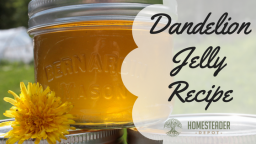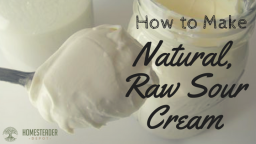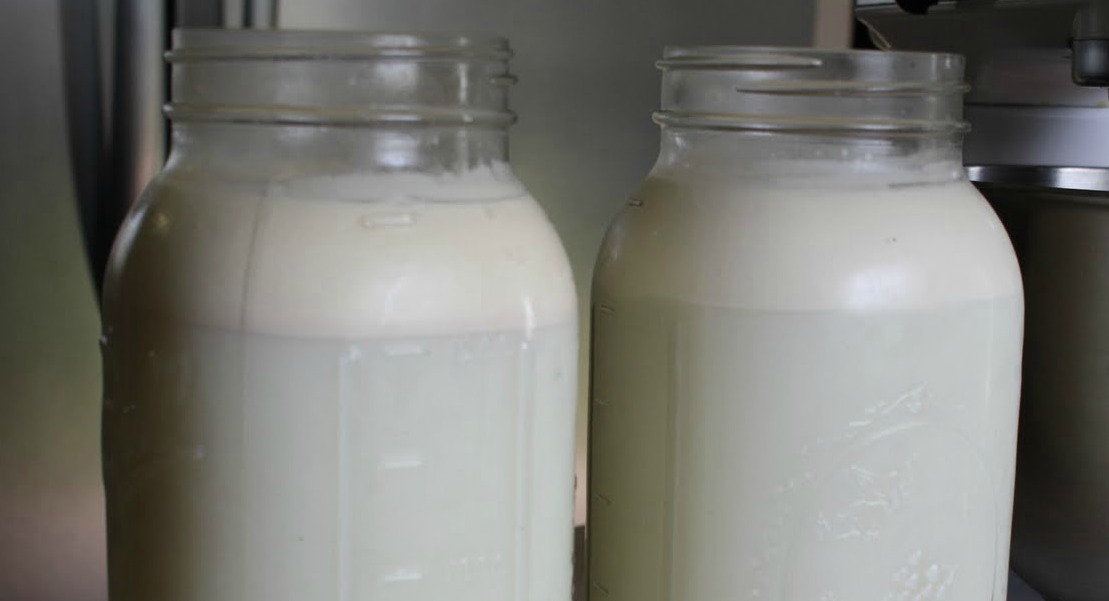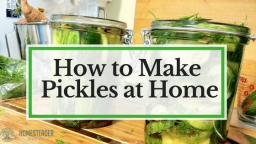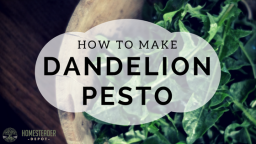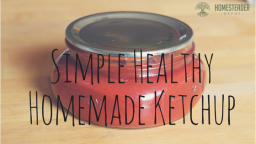You’ve probably heard of the growing popularity of bone broth lately, and if you haven’t, you should definitely know about it.
It’s not really anything new, but recent trendy diets have emphasized the regular consumption of hearty, super-nutritious bone broth as a way to get essential vitamins, minerals, and, most importantly, gelatin.
Gelatin is a wonderful addition to any healthy diet, but particularly beneficial for anyone concerned about bone or joint health.
The great thing is it’s very cheap and easy to make, unfortunately, it’s not always so easy to find creative ways to consume it! Especially this time of year, sipping on a warm, frothy cup of broth might not sound so appealing to you.
So we’ve come up with some clever ways to consume broth in your diet that you might not have thought of. Let’s begin:
Soups and Stews
Using bone broth as the base for hearty soups and stews is, of course, the most obvious way to get this hearty, healthy broth into your diet. You can use as you would chicken broth or even water. But, since the weather is warming up this time of year, if warm tomato soup or hot, spicy chili isn’t sounding too appealing to you, don’t forget there are great cold summer soups like gazpacho and vichyssoise that bone broth can be used for too.
Related Article: How to Cook Bone Broth in Your Slow Cooker
Steaming Vegetables
If you are one to enjoy some simple steamed vegetables in a quick weeknight dinner, you’ll be happy to know that you can use bone broth in place of water! Steaming vegetables with bone broth infuse the veggies with the health benefits of the broth and add a rich, deep, flavor as well.
Cooking rice, pasta, beans, etc.
As with steaming vegetables, you can use your bone broth in place of water when cooking rice, pasta, beans, quinoa, lentils, or other legumes or grains. It will add a rich flavor as well as the nutrients and minerals of the broth.
Sauteeing Vegetables
You can always throw a little bone broth in when you are sauteeing vegetables or making a stir-fry. It will help the vegetables cook faster as well as lend it’s rich flavor to your dish.
Related Article: How to Make Bone Broth (Video)
Sauces and Gravies
Many sauces require a fatty broth or milk to be reduced, and bone broth can almost always be used for that. It makes a wonderful base for a wide range of sauces and is always ideal for gravy.
Egg Dishes
Use bone broth in place of water or milk when cooking scrambled eggs, frittatas or quiches.
Get Creative!
Hopefully, this has given you an idea of just how many options there are for using bone broth! Try to see if there are other creative ways to incorporate bone broth into your daily life. Happy cooking!
If you enjoyed this, you might also like….

